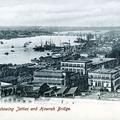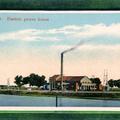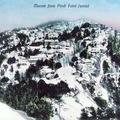The Well at Sultan Nizamuddeen. Delhi.
The Well at Sultan Nizamuddin in Delhi was constructed in 1321 in honor of Shaikh Nizamuddin Auliya (1236-1325) a SUfi saint who arrived in India long before the Mughals and preached a religion of love and mysticism.

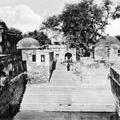


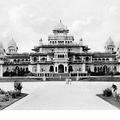
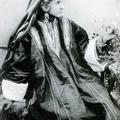
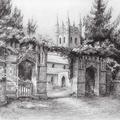
![Thibetan [Tibetan] Woman, Darjeeling Thibetan [Tibetan] Woman, Darjeeling](https://www.paperjewels.org/sites/default/files/styles/square_thumbnail/public/slides/darjeeling-woman_0.jpg?itok=zqS4goau)
